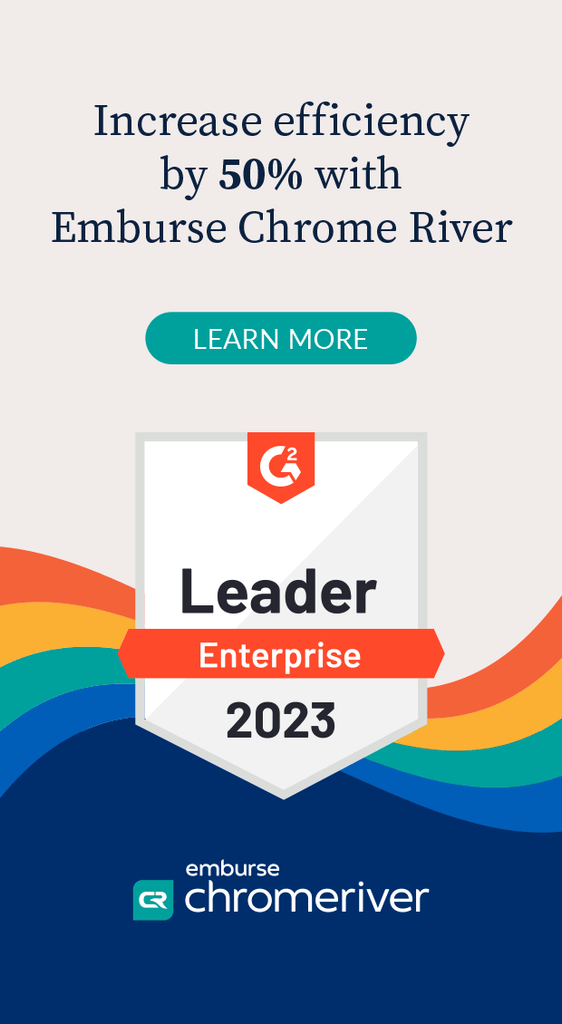
LegalTech Trainwrecks #4 (Contracting Platform)
Over the past two years, I’ve prototyped and discarded about a dozen potential legal tech products.
This article discusses the first idea I worked on immediately after leaving my job at a large law firm. Given my deep experience in contract negotiation, it seemed natural to try and tackle some of the problems in that space. It didn’t end well, but it did pave the way for me to take the learnings and apply them towards subsequent ventures, which also failed! If you’re interested, you can read about what happened here, here and here.
Contract drafting ping pong
Two questions always arise when drafting or negotiating a contract:
- What do we want to say (i.e. the principle)?
- How do we want to say it (i.e. the drafting)?
The first question is often a joint effort between the client and the lawyer. The second question is more or less left to the lawyers, yet takes up an inordinate amount of time and energy. It’s no doubt important, but many lawyers rightfully wonder whether things could be done faster and less painfully if they didn’t have to play endless word-smithing ping-pong with opposing counsel on every second sentence.
There might be a million different ways to express the same thing, each sitting on a continuum of being more favourable to one party or the other, but if the parties are agreed on what they want to say, why can’t we use some sensible, balanced wording for how we say it? Is it really a good use of resources to have lawyers combing through what should largely be boilerplate language, looking for loopholes snuck in by the other side, or slipping some hooks in there themselves?
Templates as the solution
Templates are the obvious solution to this problem – specifically, industry-standard templates approved by a neutral and trusted organisation. Examples include the FIDIC (International Federation of Consulting Engineers) suite of construction contracts, the LMA (Loan Market Association) suite of banking documents, and the ISDA (International Swaps and Derivatives Association) suite of swaps and derivatives documents.
These initiatives have brought tremendous benefits, but given their complex subject matter, it’s important to recognise that:
- firstly, they required long, sustained and expensive efforts to bring them into existence and be adopted by industry (i.e. not the type of thing most start-ups would want to undertake); and
- secondly, it’s typical for parties using these templates to modify them, often quite extensively, which requires lawyers and therefore continues the above problem of contract drafting ping-pong.
At the other end of the spectrum are relatively simple documents (e.g. NDAs, employment agreements, lease contracts). Creating a template for these is much quicker, and while the parties may still want customisation, the matters they might want to customise are fairly predictable, so drafting for those choices can be built into the template itself. The potential efficiency gains are also attractive since simple documents tend to be high-volume, as well as being the sort of thing lawyers desperately want to spend less time on. For these reasons, simple documents seemed like a great starting point to tackle the problem I had identified.
I created a prototype of what a solution might look like. In essence:
- Party A would log onto an online platform, choose the relevant template (e.g. NDA) and select what options within that template they wanted (e.g. term of 2 years; include non-solicitation clause).
- Party B would log onto the same platform, review Party A’s selections (noting these would be explicit rather than buried in dense drafting) and raise any changes they wanted (e.g. term of 1 year; no non-solicitation clause).
- Once Party A and Party B reached an agreement, the system would finalise the document using neutral, balanced language reflecting the agreed selections, and the parties would sign.
If this sounds familiar, you might have come across Standard Draft. In fact, that product was developed separately around the same time as my prototype, proving Mark Twain’s saying that there’s no such thing as a new idea.
Valid problem, wrong market
The strategy was to market this to small businesses. They would have the most to gain from such a solution, given their current options were to either:
- engage a lawyer (expensive, and lawyers don’t want to do this work anyway); or
- do it themselves based on whatever template they managed to source (risky, inflexible, and they would still need legal advice for any substantive changes to the template).
It was at this point that I learnt my first lesson in building a start-up. My target market didn’t care about the problem I had identified.
While I, and many lawyers, think that contract negotiation processes are a painful and interesting problem area, most small business owners do not care. For small business owners, getting more customers, getting paid faster and finding good staff is what interests them. Adopting a new, innovative platform to help streamline contract negotiations is not high on their list. On top of that, I discovered most small business owners are ok using legal templates from their lawyer or a website (free or paid) and sending those to the counterparty to sign. It doesn’t need to be perfect. And perhaps most importantly, in the large majority of cases, negotiation of contract terms is seen as a seriously poor use of time and something small business owners definitely do not want to encourage.
Brutal.
Could other markets work? Maybe, but:
- I felt that persuading the legal teams of larger businesses to adopt templates produced by a start-up would be an extremely drawn-out process, and being a two-sided platform, we would also need the buy-in of their counterparties, making an already challenging proposition twice as hard. And the question of how many businesses actually want to encourage negotiation of their simple, high-volume contracts still remained.
- I didn’t understand why this product would be attractive to law firms. Almost all firms have their own templates on which they’ve spent large amounts of time and money. Why would they throw those out the window and start again with my template?
It was time to abandon ship.
Despite the experience, I would love to see something like this work. The legal industry desperately needs more high-quality templates that people can trust to be widely adopted and accepted. Teams at OneNDA, Bonterms, Common Paper, Standard Draft and others are trying to make it happen. It’s not an easy road, though, and ultimately it wasn’t a road right for me.

Daniel Yim writes and teaches on legal technology and transformation. He is the founder of technology start-ups Sideline and Bumpd, and previously worked worked at Gilbert + Tobin and Axiom.






